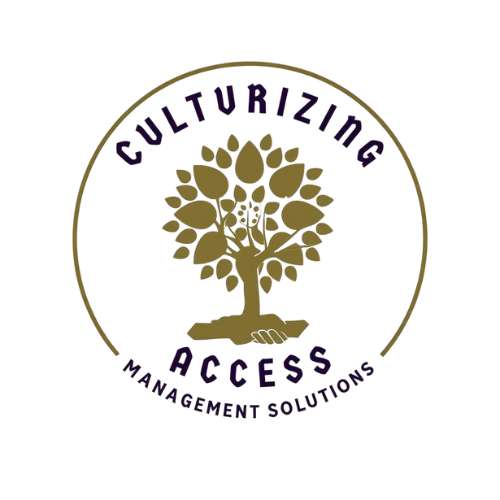ACA Section 1557 prohibits discrimination on the basis of race, color, national origin, sex, age, and disability in healthcare. This means healthcare providers must ensure that language access services are available and accessible to patients with limited English proficiency (LEP). Failure to comply can result in significant penalties and reputational damage. This guide provides a practical framework for healthcare organizations to navigate the complexities of ACA Section 1557 compliance. It outlines key requirements, best practices, and actionable steps to build a robust language access program. We will also discuss the importance of cultural competency and how it can enhance patient care. Implementing a comprehensive language access plan requires a multi-faceted approach. This includes conducting thorough assessments of current language access services, developing clear policies and procedures, and providing comprehensive training to staff. Regular audits and evaluations are also essential to ensure ongoing compliance and effectiveness. By proactively addressing language access needs, healthcare organizations can create a more equitable and patient-centered environment.
The Importance of Ongoing Training for Language Access Compliance
Regular training is essential for healthcare staff to maintain language access compliance and provide culturally




